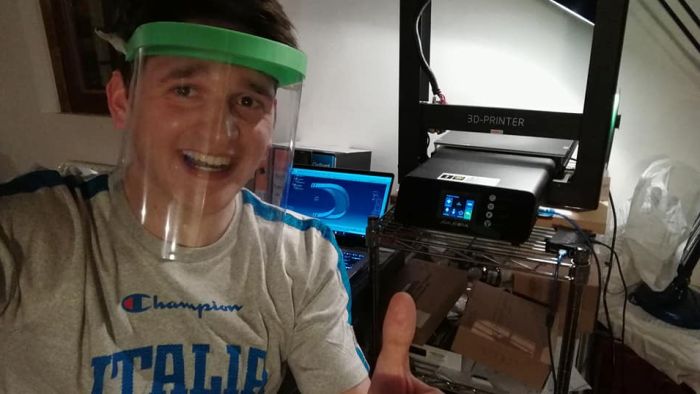With healthcare workers facing shortages of protective equipment such as masks, gloves and visors, an informal network of doctors, engineers, designers and 3D printing hobbyists is scrambling to produce these in Australia.
.
Domestic stocks of personal protective equipment (PPE) are dwindling due to high global demand. The World Health Organisation estimates frontline healthcare workers will require at least 89 million masks, 76 million gloves, and 2.9 million litres of hand sanitiser every month during the global COVID-19 response. One solution is to ramp up domestic production, but it may take weeks or months to retool factories to do this work.
.
A stopgap measure is 3D printing, which can rapidly make plastic parts. Though gloves and masks can’t be 3D printed, the face visors or shields that medical staff wear over face masks while treating patients can […]
Case Study: How PepsiCo achieved 96% cost savings on tooling with 3D Printing Technology
Above: PepsiCo food, snack, and beverage product line-up/Source: PepsiCo PepsiCo turned to tooling with 3D printing...





0 Comments